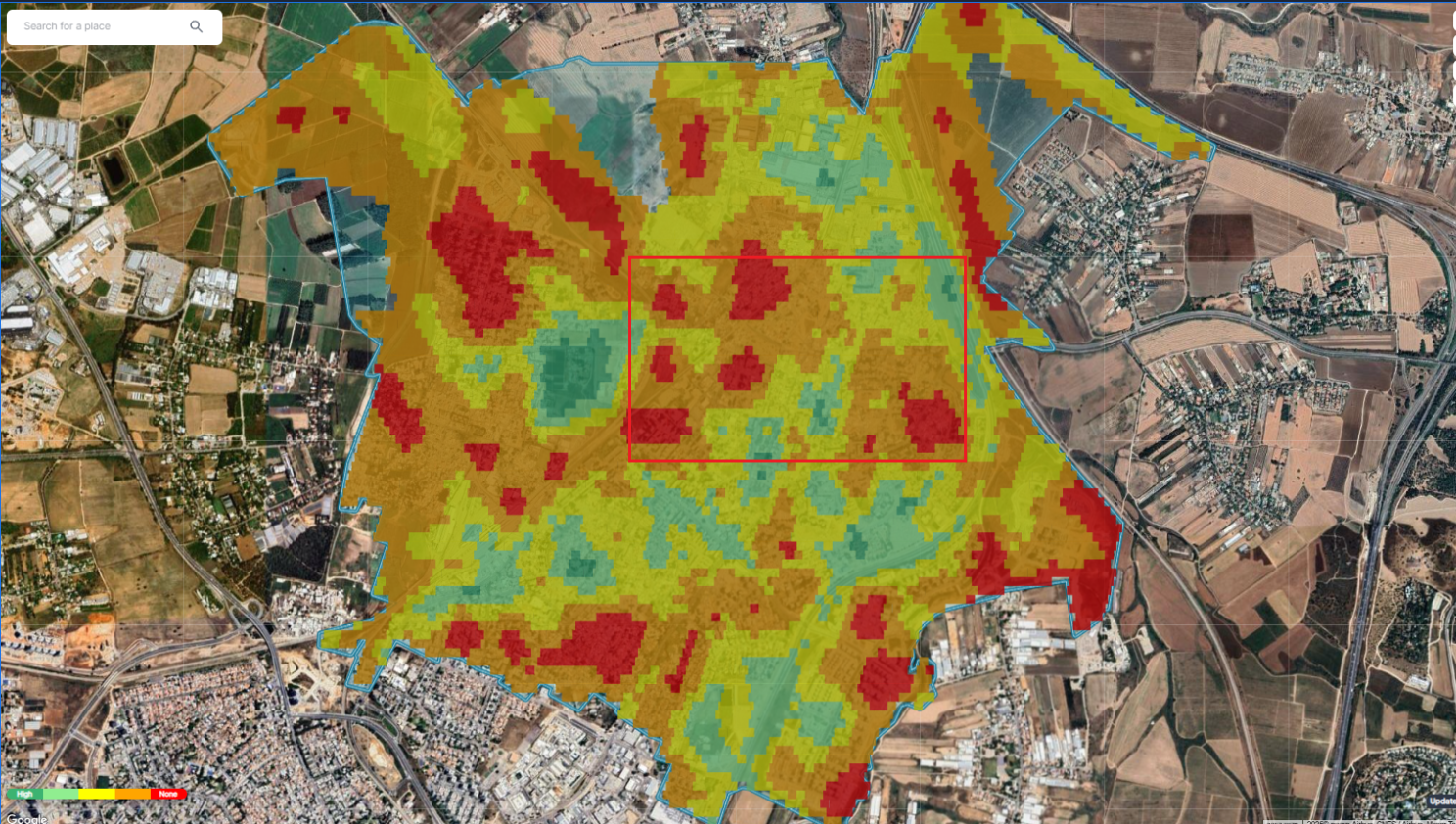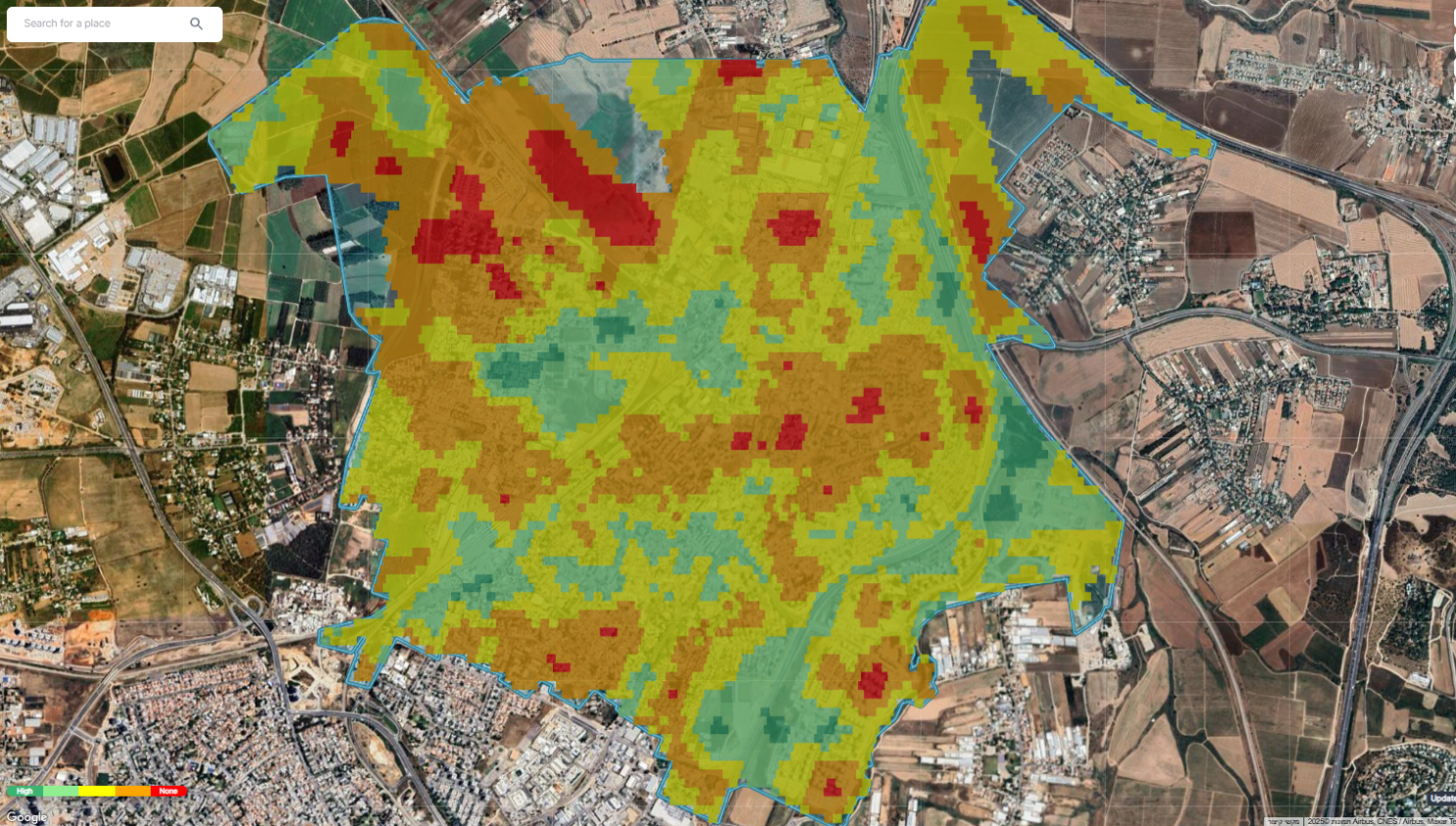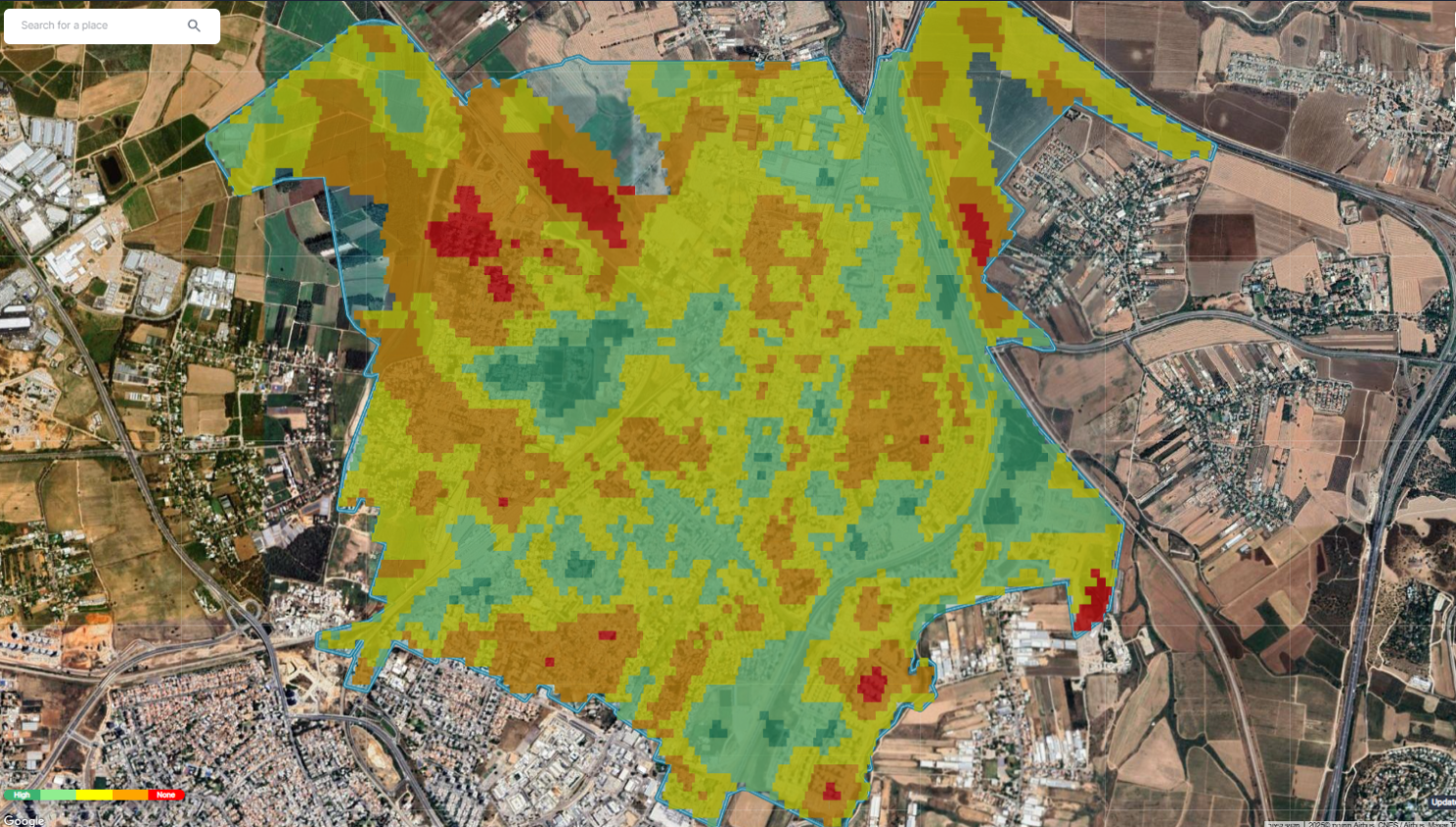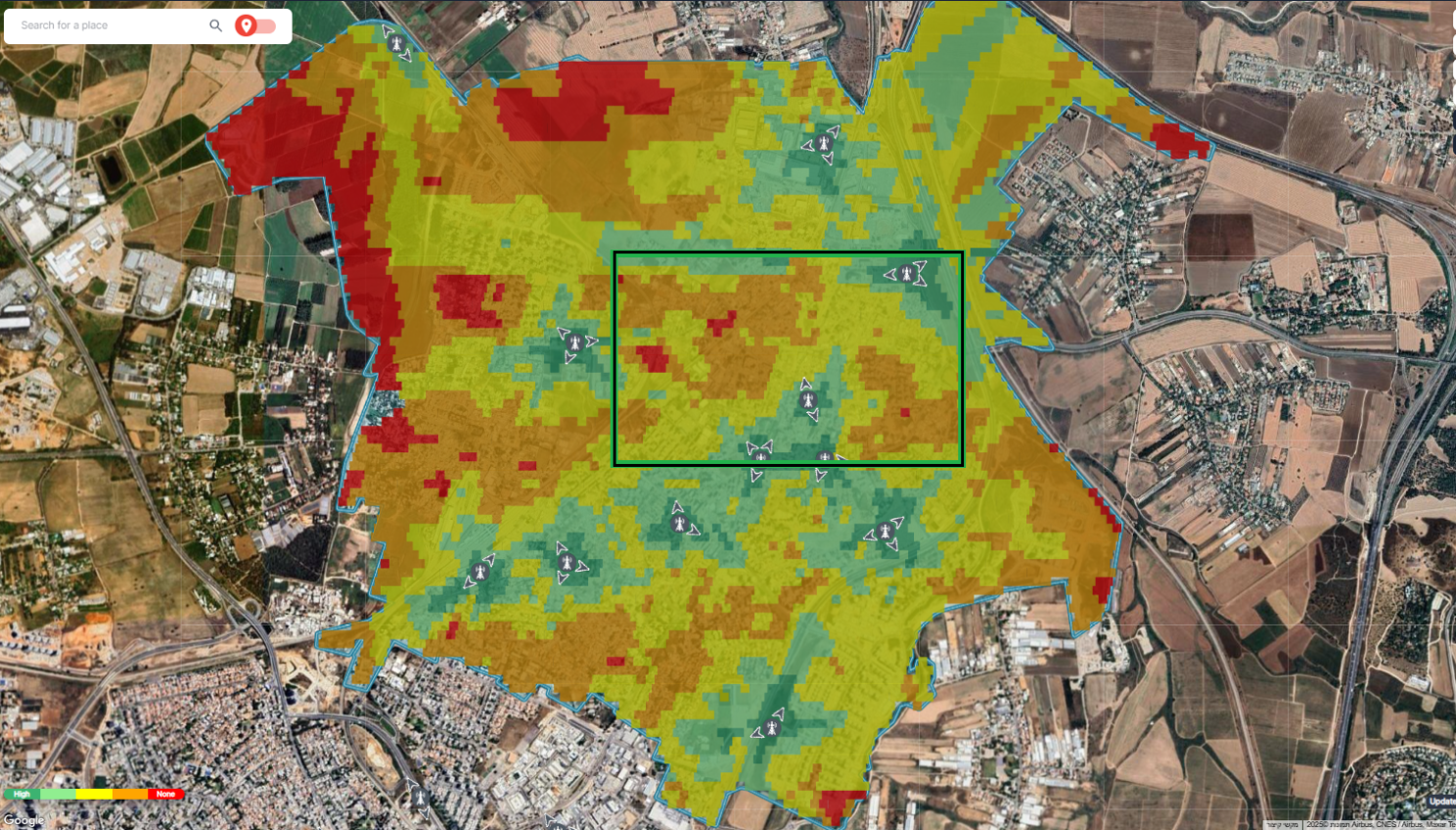Should We Stay or Should We Move? The art of tower colocation
July 20, 2025

.png)
Using Flycomm's Software to Make Smarter Tower Colocation Decisions
In today’s competitive telecom landscape, mobile network operators (MNOs) must make continual trade-offs between cost, coverage, and customer experience. One seemingly simple—but-critically strategic—question is often raised by network planners and RF engineers:
“Should we move our equipment to a nearby tower, or stay where we are?”
The answer lies not only in CAPEX/OPEX trade-offs but in understanding how subscribers experience your network. This is where Flycomm's software platform delivers unmatched value.
🎯 Why Signal Intelligence Beats Assumptions
Traditional RF planning tools rely heavily on simulations and modeling—useful, but often blind to the complexities of the real world. Variables such as changes in building density, terrain, and interference make it difficult to accurately predict true coverage.
Flycomm flips the model. By collecting real-world signal data from Android devices already in the field, Flycomm gives MNOs and Towercos access to high-resolution, real-world performance metrics:
- 📍 Signal strength (RSRP, RSRQ, SINR) by location
- 🛰️ Real coverage footprints across bands and technologies (2G/3G/4G/5G)
- 📉 Identification of low-performing zones based on actual user traces
- 🔄 Simulation of "what if" scenarios for site relocation or shutdown
💡 Real Case Example: Measured Intelligence, Smarter Action
Note: To maintain confidentiality, the names of the mobile operators involved have been anonymized. We refer to them here as Mobile Operator 1 (MNO A) and Mobile Operator 2 (MNO B).
The case: MNO A provides coverage in a suburban area, as shown in Figure 1. Areas marked in red and orange indicate weaker signal zones, in contrast to the surrounding green regions, which represent strong coverage. The red rectangle in the figure represents an area with challenging coverage.

Seeking to improve service in these degraded areas, MNO A explored two strategic options:
- Engage a nearby tower company, which operates a tower roughly 300 meters from MNO A’s existing infrastructure.
- Propose a colocation agreement with a tower company and/or MNO B, which currently operates a tower at that same location.
Figure 2 displays the actual coverage delivered by MNO B, as measured by Android devices in the field and visualized through Flycomm's data platform. This coverage footprint demonstrates that MNO B’s location already provides strong performance in previously weak areas.

Leveraging Flycomm's solution, MNO A was able to simulate two detailed scenarios:
- Adding the new colocation site while keeping the current site active – to assess total coverage improvement.
- Migrating entirely to the new site and shutting down the old one – to estimate both signal impact and CAPEX/OPEX savings.
With this data loaded into Flycomm’s software, MNO A was able to simulate multiple outcomes:
- Figure 3: A coverage heatmap showing the combined result of adding equipment to the colocation tower while maintaining the current site. This scenario allowed MNO A to estimate total coverage gains, evaluate user-level benefits, and prepare for a hybrid deployment.

- Figure 4: A more advanced simulation of a full migration, where the existing MNO A site is deactivated, and only the collocated tower is used. This model allowed engineers to assess whether the new location alone could serve the coverage needs and to estimate potential CAPEX and OPEX savings from site consolidation.

Thanks to Flycomm’s real-world signal intelligence and side-by-side modeling, MNO A gained a clear, data-backed view of the trade-offs: coverage performance, user impact, and financial implications. The result was a confident infrastructure decision grounded in measured reality, not guesswork.
💰 CAPEX and OPEX Matter—but So Does User Experience
While infrastructure changes come with capital and operational implications, user coverage and satisfaction remain the ultimate priority: Profit and Cost Consideration
CAPEX: for example, reinvestment in relocation, antenna alignment, and integration work
OPEX: monthly tower lease fees, energy consumption, and maintenance
Savings Potential: removing redundant sites, power savings, and simplified maintenance
However, none of these savings justify a move if coverage suffers significantly. That’s why Flycomm's user-centric analytics—grounded in real signal data—provide essential clarity.
🚀 The Future of Site Optimization Is Measured
As 5G continues to expand and legacy infrastructure faces consolidation, MNOs must increasingly optimize. By tapping into Android-based signal data, Flycomm empowers planners to:
- Reduce planning cycles
- Minimize field testing
- Prioritize network quality based on real usage
- Justify moves with financial and RF confidence
The bottom line? Whether you're looking to reduce costs or improve user experience, Flycomm answers the fundamental question:
“If I move to this tower, what changes, for better or worse?”
🔗 Interested in learning how @Flycomm Networks Ltd. can guide your next infrastructure decision? Let’s connect. noah@flycomm.co, info@flycomm.co, www.flycomm.co
Dr. Noah Bell, B.Sc. Electrical Engineering, working in the Telecommunications industry for the last 30 years, CMO of Flycomm Networks Ltd.
#Towerco #Towercos #Collocation #Telecom #MobileNetworks #TowerColocation #SignalAnalytics #Flycomm'sSoftware #RFPlanning #5GOptimization #OPEX #CAPEX #AndroidSignalData #NetworkQuality #InfrastructureStrategy

Noah Bell
In this article
Subscribe to
our blog
Insightful articles delivered straight to your inbox.

Asset Management
Network Connectivity
Scaling Your Telecom Business: How All-in-One SaaS Solutions Drive Growth
🚨 Managing 5G networks with outdated tools? It's like performing brain surgery with a butter knife. Telecom leaders are transforming network blindspots into game-changing insights using AI-powered platforms that deliver 75% faster planning and slash costs by half. Our new blog reveals how Flycomm's revolutionary approach is helping operators see what competitors can't—across indoor, outdoor, vehicle, and aerial environments—all in real-time. The future belongs to the visible.

Network Connectivity
The Future of Mobile Networks: Why AI-Driven Network Planning Will Dominate in 2025
Explore why AI-driven network planning is set to dominate telecom in 2025, featuring insights on predictive analytics, automation, and SaaS solutions that are revolutionizing mobile network management. Learn how AI addresses critical challenges in 5G and beyond.











